Dining out is more than just a meal—it’s an experience intricately crafted by restaurateurs who know how to keep you coming back for more and spending a little extra each time. As you settle into a chic bistro or a cozy trattoria, you might not notice the subtle, calculated strategies in place to encourage you to indulge. Here are 13 clever tricks restaurants deploy to make you spend more than you planned, leaving your wallet just a little lighter but your dining experience undeniably memorable.
1. Strategic Menu Psychology
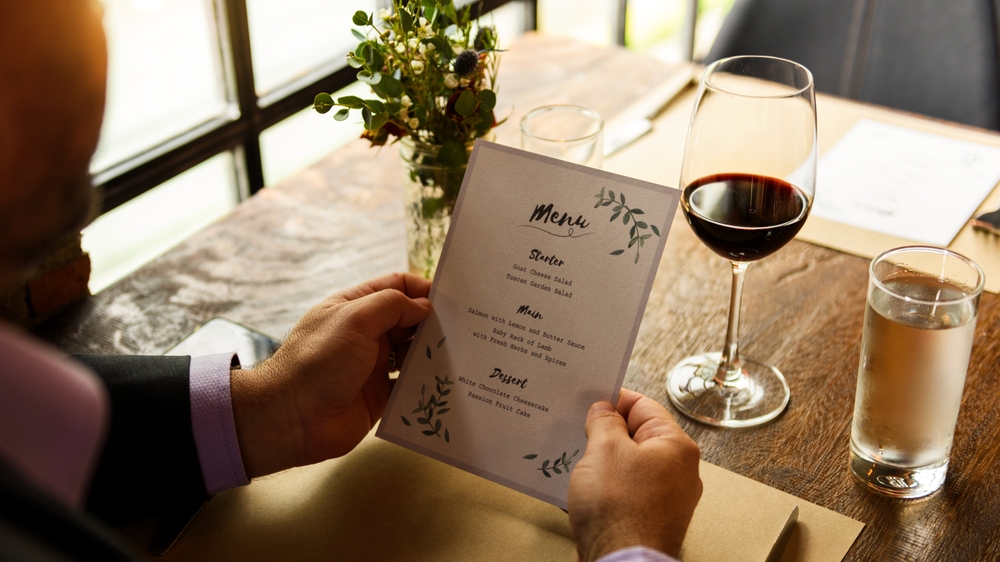
When you first glance at a menu, you’re likely drawn to the top right corner—a spot restaurateurs know is prime real estate for high-margin dishes. Known as menu engineering, this tactic leverages cognitive psychology to guide you toward the most profitable items. The idea is to position these dishes where your eyes naturally fall first, without you even realizing it. According to a Cornell University study, strategic menu layout can significantly increase a restaurant’s revenue by channeling attention to specific offerings.
This culinary sleight of hand is not just about location but also involves the use of descriptive language. Vivid descriptions can make dishes sound more appetizing and justify higher prices. Instead of a simple “grilled chicken,” you’re tempted by “succulent, fire-grilled chicken with a zesty herb glaze.” The fancier language not only enhances perception but also enhances perceived value, making you more willing to shell out a few extra dollars.
2. Pricing Without Dollar Signs

Menus that list prices without dollar signs may feel understated, but they serve a strategic purpose: they help you disconnect from the act of spending money. When dollar signs are removed, it subtly downplays the cost, making you less conscious of what you’re spending. It’s not just psychological trickery; it’s a well-researched tactic that encourages a focus on the experience rather than the expense. People are more likely to order higher-priced items when the menu lacks this symbol of spending.
Furthermore, using whole numbers rather than rounded ones can also impact your perception of value. For example, $18 feels more like a bargain compared to $20, although the difference is minimal. The round number gives a sense of completeness and value, making it more likely for you to justify the purchase. This pricing psychology aligns with your natural tendencies to rationalize spending when the cost seems less precise or official.
3. Specials and Limited-Time Offers

The allure of specials and limited-time offers plays on your fear of missing out. When a dish is labeled as “special” or “available for a limited time,” it creates a sense of urgency and exclusivity. This tactic is rooted in consumer behavior studies, which have shown that scarcity can significantly influence purchasing decisions. In fact, research published in the Journal of Consumer Research indicates that people are more likely to purchase items they perceive as rare or time-sensitive.
Restaurants use this to their advantage by highlighting a few high-margin items as daily or seasonal specials. Often, these specials can be priced higher because of their exclusive nature. The emphasis on limited availability not only creates excitement but also encourages you to make impulsive decisions. After all, who wants to miss out on what could be the most exceptional dish of the evening?
4. Wine List Tricks
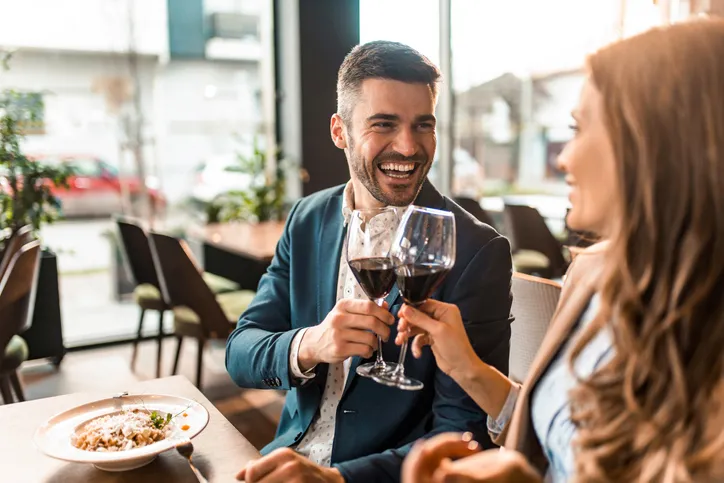
Wine lists are crafted with the understanding that most people shy away from ordering the cheapest option—no one wants to appear stingy. Savvy restaurateurs place a slightly higher-priced bottle as the second or third cheapest option, knowing that this is where many customers will land. This tactic capitalizes on your desire for perceived value without the embarrassment of going for the least expensive choice. In reality, this wine is often marked up significantly, making it a win for the restaurant.
Moreover, the presentation of wine lists often highlights certain selections with enticing descriptions and recommendations. These highlighted wines are usually the ones the restaurant needs to move or has a higher profit margin on. By drawing your eye to these options, you’re more likely to choose them, thinking you’re making an informed and sophisticated choice. This gentle nudge often results in a higher bill than originally intended.
5. Ambiance and Acoustics
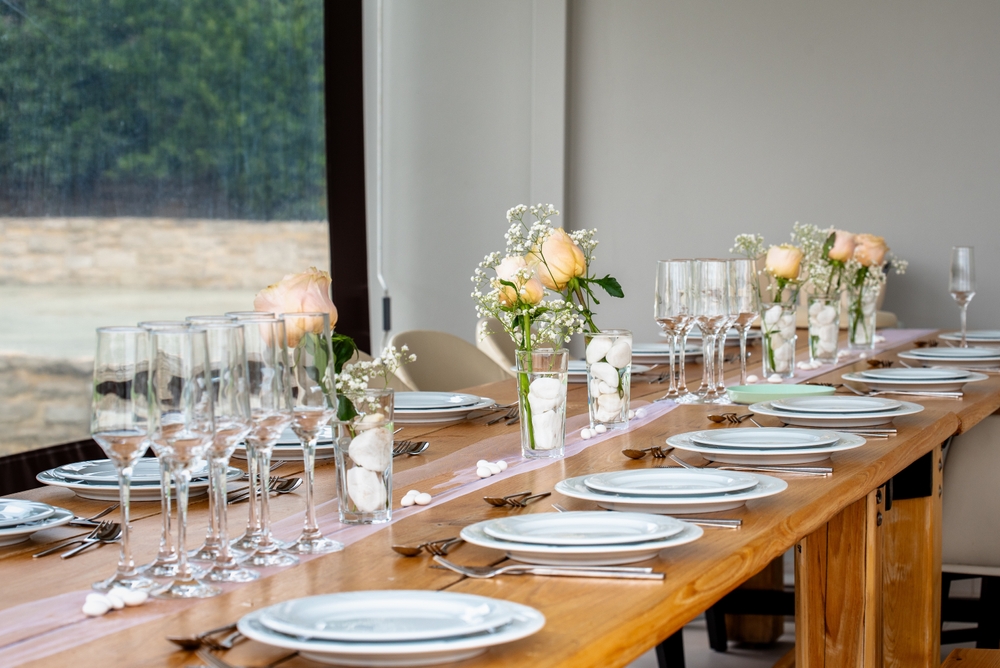
The ambiance of a restaurant, from lighting to music, is meticulously orchestrated to enhance your dining experience—and your spending. Dim lighting creates a cozy atmosphere that encourages leisurely dining, while upbeat music can lead to quicker eating and drinking, allowing for more table turnover. According to a study published in the Journal of Culinary Science & Technology, carefully curated restaurant ambiance not only affects mood but also the amount spent on food and drinks.
The strategic use of music and lighting is designed to make you feel comfortable, relaxed, and more inclined to indulge. Soft, ambient lighting can make you feel less inhibited about ordering that extra glass of wine or dessert. Meanwhile, the right playlist can subtly influence your pace and mood, encouraging you to stay longer and spend more. It’s an artful balance of sensory cues that work together to enhance both your experience and the restaurant’s bottom line.
6. Group Influence

Dining with a group? You’re likely to spend more, influenced by the psychology of social dining. When you’re in a group setting, ordering becomes a communal and often competitive activity, leading to shared appetizers, multiple bottles of wine, and desserts for the table. The social dynamics make people more likely to indulge and spend more than they would dining solo or as a couple. Restaurateurs know this and often encourage group bookings for the potential increase in revenue.
Additionally, group gatherings often lead to a more relaxed atmosphere where spending is less scrutinized. Sharing dishes and splitting checks can create a sense of camaraderie and lessen the focus on individual spending. This collective mentality not only elevates the dining experience but also boosts the bill. It’s a subtle psychological dance where the joy of shared experiences outweighs financial restraint.
7. Artful Presentation
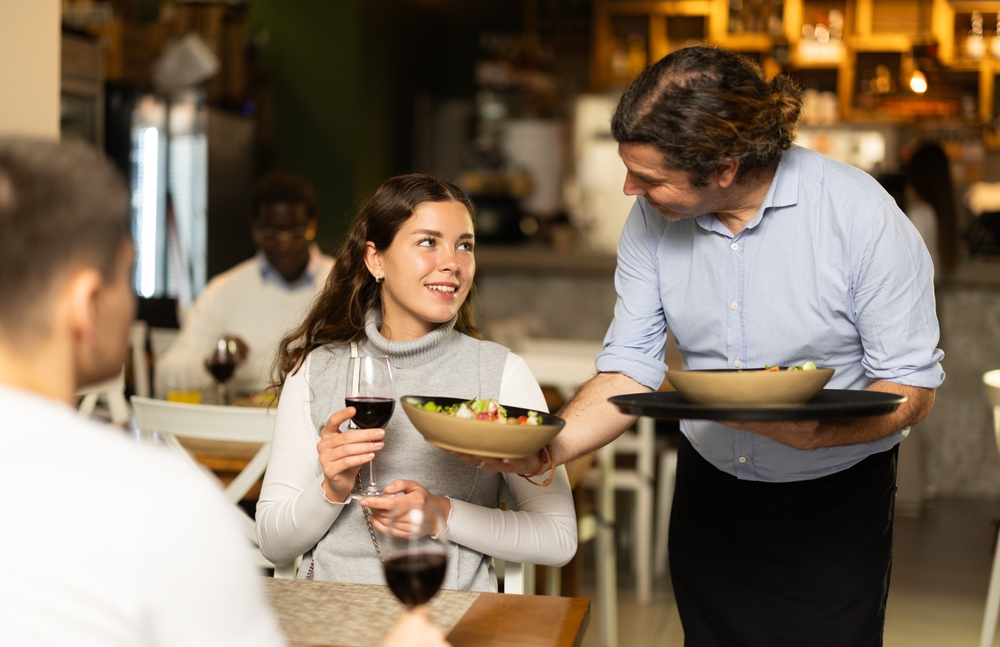
Presentation is key, and restaurants know how to make your meal look as good as it tastes. When dishes are artfully arranged, it enhances your perception of value and can justify a higher price point. According to a study in the Journal of Consumer Psychology, aesthetically pleasing presentation can significantly increase perceived value and satisfaction. This visual appeal taps into your sensory experience, making the meal more memorable and worth the splurge.
Moreover, the intricate presentation often suggests a level of skill and care that elevates the dish’s status. When your plate looks like a work of art, you’re more likely to savor the meal and consider it a unique experience. This sensory delight not only enhances your enjoyment but also your willingness to spend more for such a culinary masterpiece. It’s a fine-tuned strategy that transforms a simple meal into an unforgettable experience.
8. Complimentary Bread and Butter
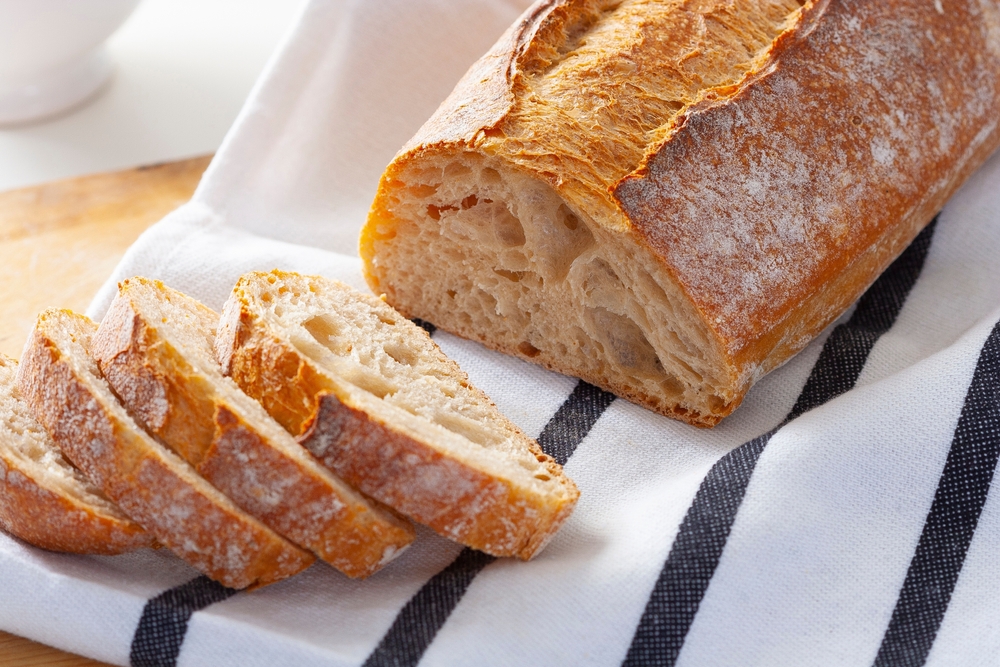
Free bread might seem like a kind gesture, but it’s a strategic play in the dining game. Offering complimentary bread keeps you occupied and less aware of the waiting time, enhancing your perception of the service. While you leisurely nibble on bread, you’re more likely to order an extra drink or appetizer. It’s a subtle way to increase your order without you realizing you’re spending more than planned.
Moreover, the bread and butter tactic serves to stimulate your appetite. As your palate is warmed up with carbs, your hunger increases, making you more likely to order more food than you initially intended. The cost of bread is minimal for the restaurant, but the potential for increased spending on your part is significant. This age-old hospitality trick is as much about business as it is about creating a welcoming atmosphere.
9. Dessert Temptations
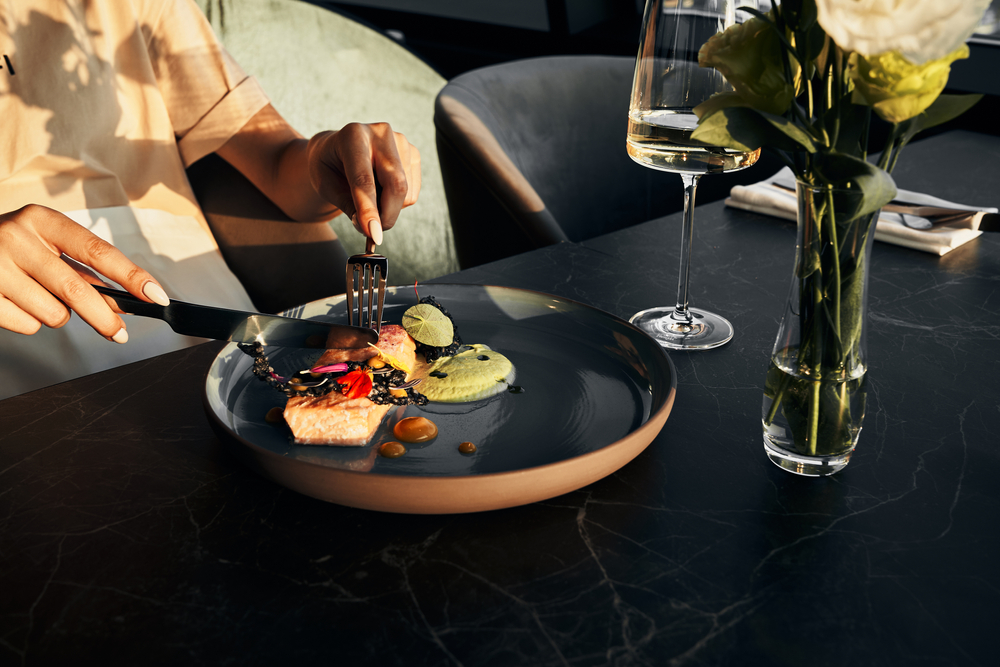
When it comes to desserts, the art of suggestion is key. Servers know to wait until you’ve finished your main course to entice you with decadent dessert options, often using evocative descriptions to lure you in. Even if you initially planned to forgo dessert, the temptation becomes harder to resist when presented verbally. It’s a well-practiced tactic that taps into your impulsive side, making that extra indulgence seem irresistible.
Once your palate is primed with a satisfying meal, dessert becomes a logical conclusion. The subtle persuasion often includes recommendations or mentions of personal favorites, adding a personalized touch that makes you feel special. Sharing a dessert is another clever strategy to encourage ordering at least one sweet treat for the table, even if it wasn’t initially on your agenda. In the end, it’s not just about satisfying a sweet tooth—it’s also about sweetening the final bill.
10. Loyalty Programs
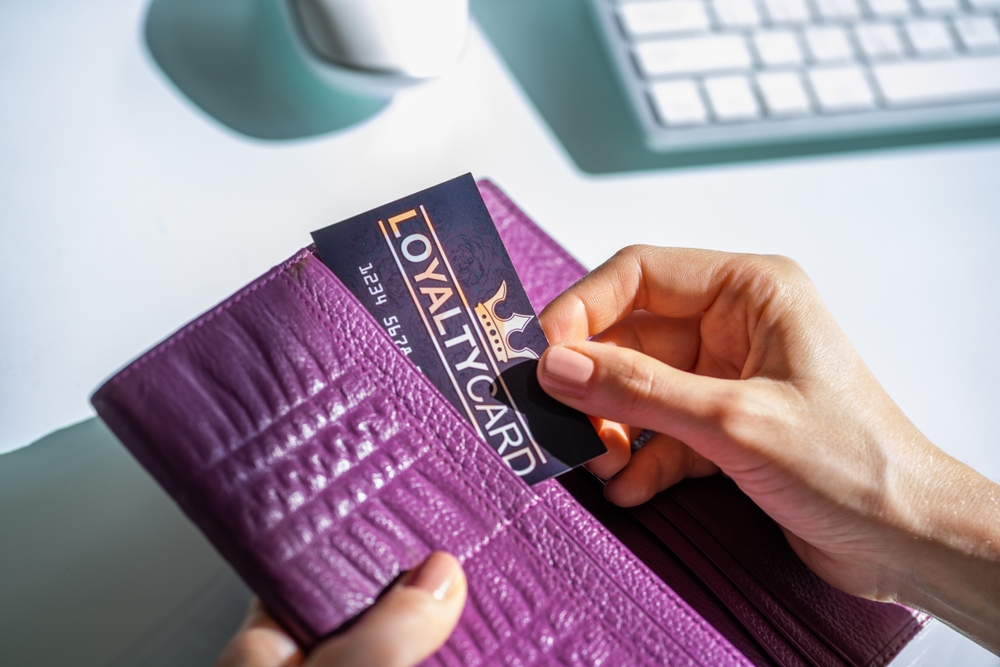
Loyalty programs can seem like a generous way to thank you for your patronage, but they’re cleverly designed to ensure you return and spend more. These programs often offer enticing rewards such as discounts, free items, or special promotions after a certain number of visits. While they provide perceived savings, they also encourage repeat business, increasing the likelihood of spending more over time. In essence, they create a cycle of continuous spending masked as savings.
Moreover, by tracking your preferences and spending habits, restaurants can tailor offers that specifically appeal to you. This personalization makes the incentives feel more rewarding and hard to resist. You’re not just a customer; you’re a valued patron, and that feeling of exclusivity can lead to increased frequency of visits. In the long run, the loyalty program benefits both parties, but it’s the restaurant that sees the most substantial return on investment.
11. Open Kitchen Concept
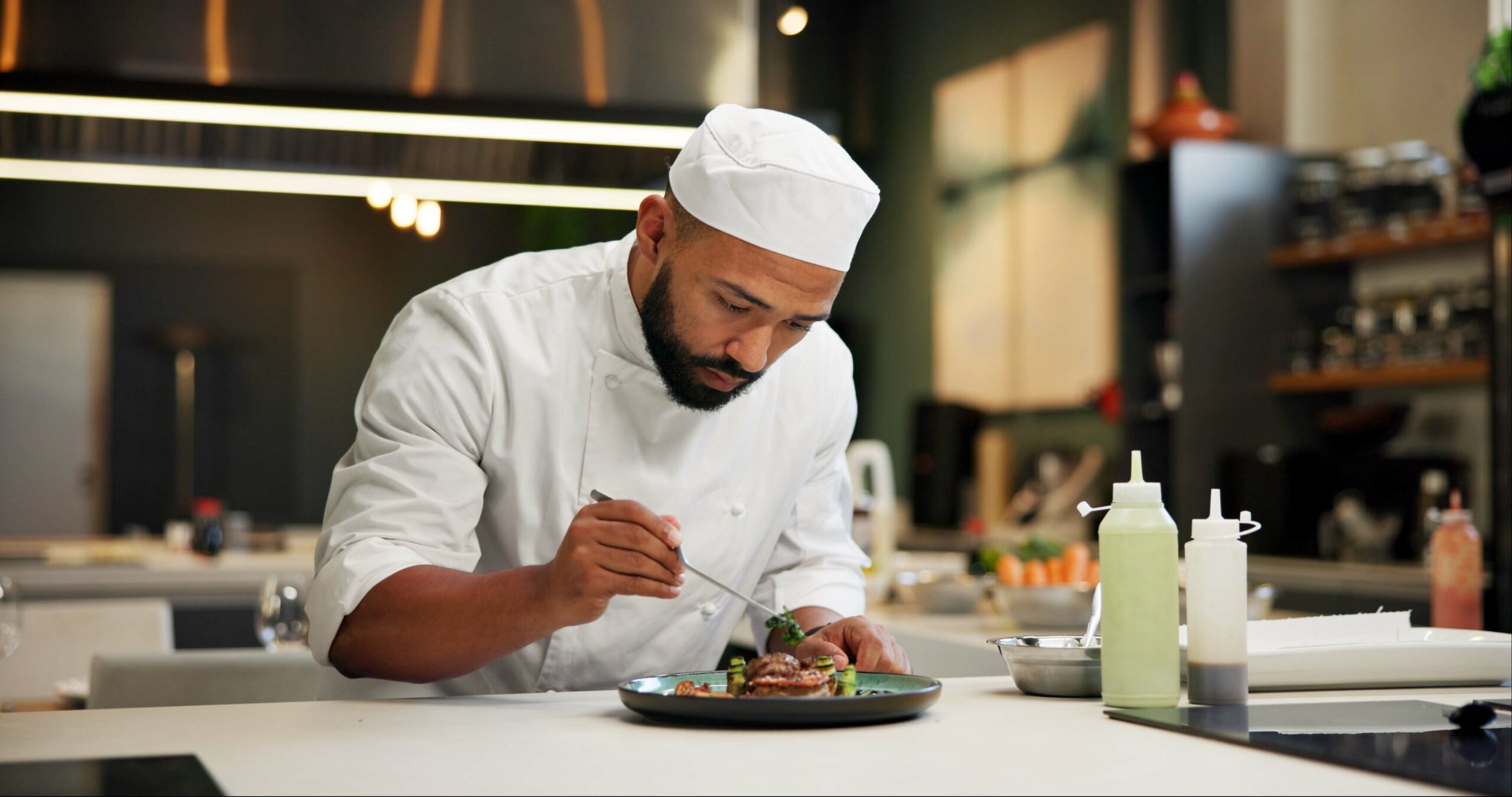
Open kitchens offer more than just a glimpse into the culinary process—they’re a strategic play to enhance your dining experience. Watching chefs in action creates a sense of transparency and trust, making you feel more connected to your meal. This behind-the-scenes view can elevate your perception of quality, encouraging you to indulge in higher-priced dishes. The theater of cooking becomes part of the allure, adding value to your dining experience.
Additionally, the open kitchen concept can lead to increased spending through an enhanced appreciation for the craftsmanship involved. Witnessing the skill and effort put into each dish often makes you more willing to pay for the experience. It’s a sensory engagement that transforms the meal into a spectacle, elevating your willingness to spend. This transparency not only demystifies the culinary process but also deepens your connection to the restaurant.
12. Personalized VIP Service
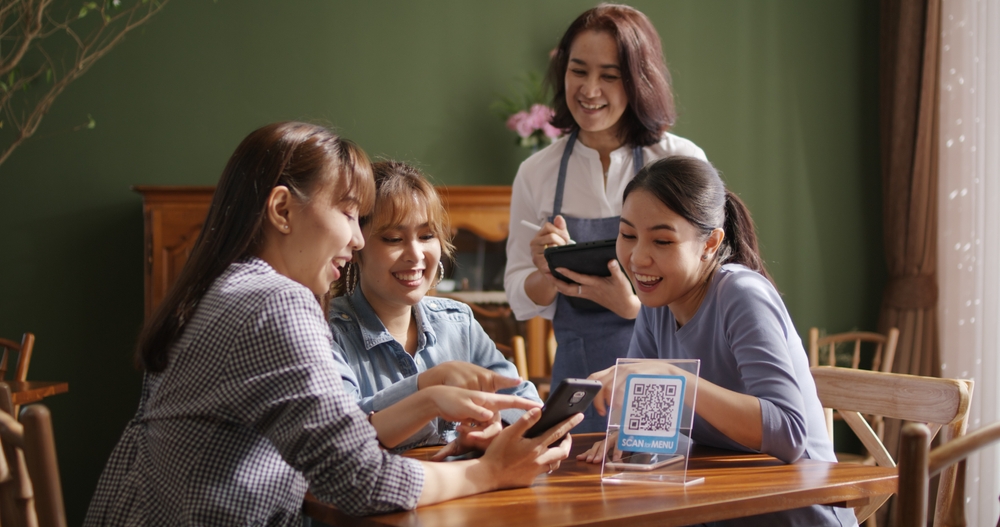
Personalized service is more than just good hospitality; it’s a strategic method to ensure you leave feeling valued and willing to return. When staff remember your name, preferences, or previous orders, it creates a bond that makes you feel appreciated. This level of attention often leads to increased spending as you feel more comfortable indulging in recommendations or splurging on an extra course. It’s a subtle but powerful way to build loyalty and encourage repeat visits.
Servers who engage in genuine conversation and offer tailored suggestions can significantly enhance your dining experience. This personalized approach makes you more receptive to trying new dishes or drinks you might not have considered. The relationship becomes less transactional and more of a shared experience, increasing the likelihood of spending more. In the end, the personalized service leaves a lasting impression, making you eager to return and relive the experience.
13. Alluring Décor
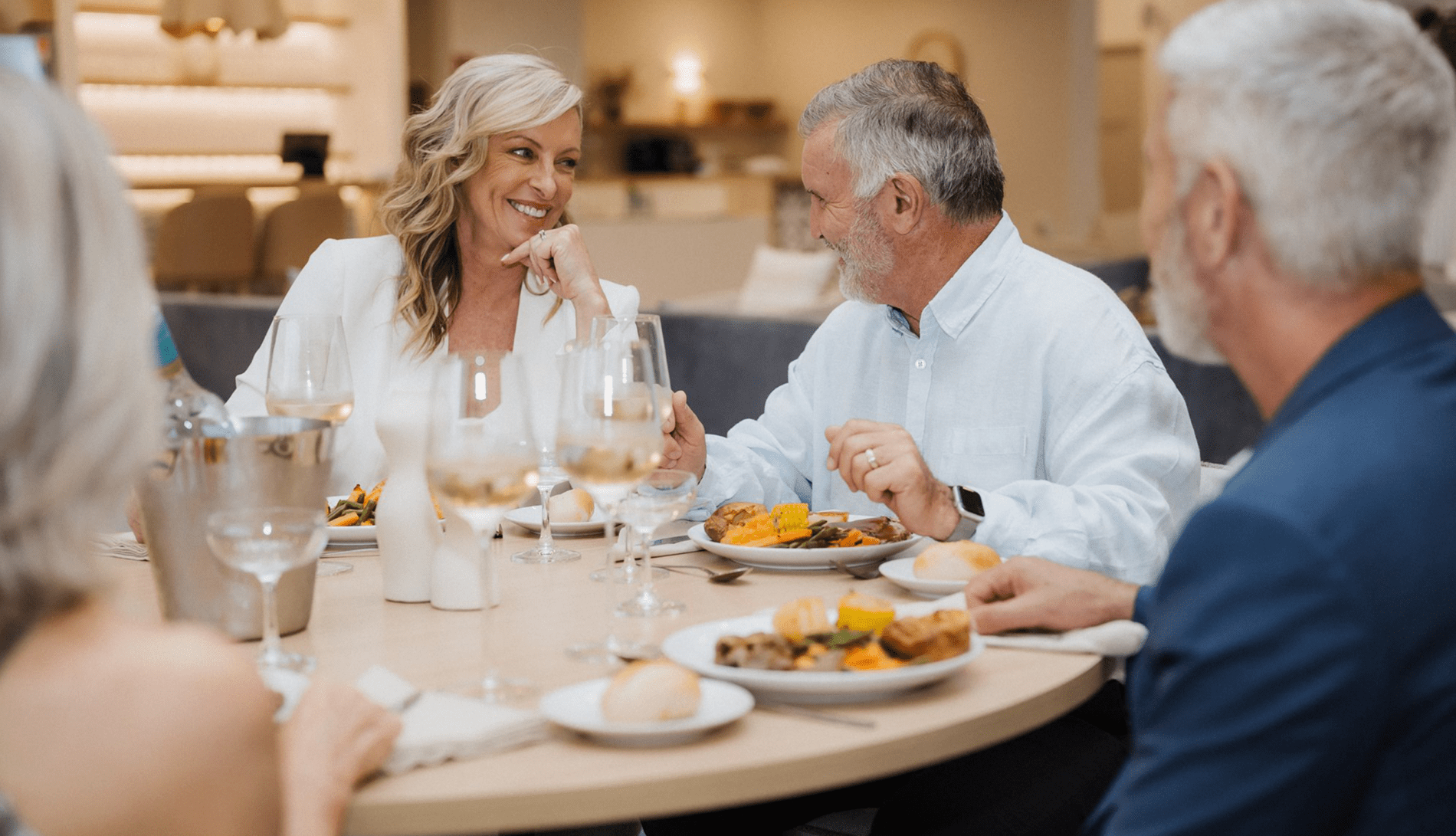
The décor of a restaurant plays a vital role in shaping your overall experience and willingness to spend. Elegant settings with tasteful decor can create an atmosphere of luxury and exclusivity, justifying higher prices. When you dine in a beautifully designed space, it enhances your perception of value and experience. This environmental psychology taps into your desire for enjoyment and indulgence, encouraging you to stretch your dining budget.
Moreover, thoughtful design elements like comfortable seating, ambient lighting, and tasteful art contribute to a memorable dining experience. These elements subtly influence your mood and behavior, making you more likely to order additional courses or linger over another drink. The ambiance crafted by the décor is more than just aesthetics—it’s a strategic part of the dining experience designed to enhance enjoyment and increase spending. In essence, the setting becomes a crucial part of the allure, turning a meal into an occasion.
This article is for informational purposes only and should not be construed as financial advice. Consult a financial professional before making investment or other financial decisions. The author and publisher make no warranties of any kind.






